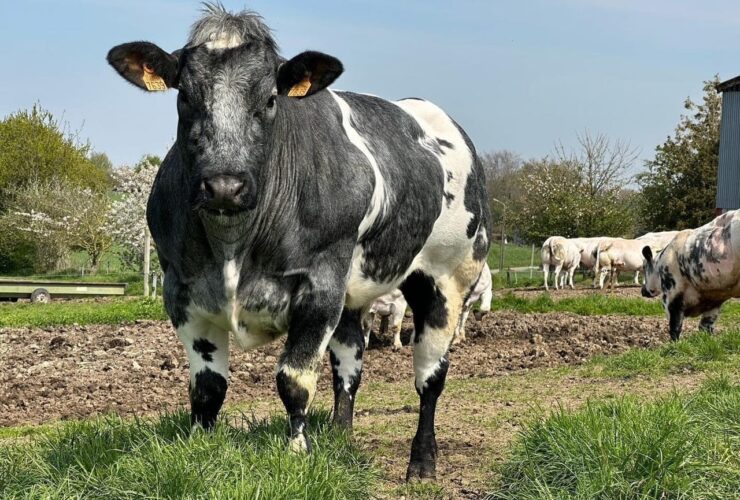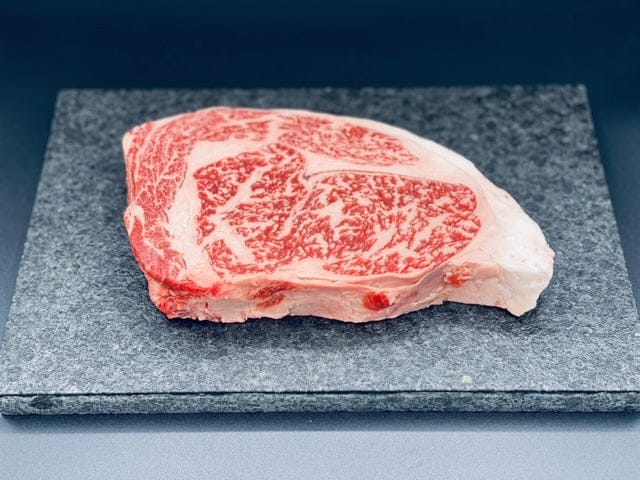The Exquisite Taste of Hida Wagyu
The Exquisite Taste of Hida Wagyu: Japan’s Premium Beef
Introduction
Hida Wagyu, often regarded as one of the finest beef varieties in the world, hails from the pristine Hida region in Gifu Prefecture, Japan. Known for its exceptional marbling, tender texture, and rich, buttery flavor, Hida Wagyu has become a symbol of culinary excellence. This article delves into the origins, characteristics, production methods, and culinary appeal of Hida Wagyu, highlighting what sets it apart from other types of Wagyu beef.
Origin and History
Hida Wagyu’s journey began in the Hida region, a picturesque area in central Japan known for its clean air, pure water, and lush pastures. The region’s natural environment provides an ideal setting for raising high-quality cattle. The term “Wagyu” refers to Japanese beef cattle, and Hida Wagyu specifically comes from the Kuroge Washu breed (Japanese Black), which is renowned for its superior marbling and flavor.
The history of Hida Wagyu dates back to the early 1980s when local farmers began focusing on producing high-grade beef. The dedication to quality and meticulous breeding practices have since placed Hida Wagyu on the global stage as a premium beef variety.
Characteristics
**Marbling and Texture:**
The hallmark of Hida Wagyu is its extraordinary marbling, which refers to the streaks of intramuscular fat that run through the meat. This marbling gives Hida Wagyu its signature melt-in-the-mouth texture and enhances its flavor profile. The beef is tender, juicy, and boasts a delicate, buttery taste that is both rich and satisfying.
**Flavor:**
The high marbling content in Hida Wagyu results in a unique umami flavor that sets it apart from other beef varieties. The intramuscular fat melts during cooking, infusing the meat with a savory richness that is unparalleled. The taste is often described as luxurious, with a perfect balance of sweetness and savory notes.
**Appearance:**
Hida Wagyu is easily recognizable by its intricate marbling, which appears as delicate white lines interspersed throughout the red meat. This visual appeal is a testament to the careful breeding and feeding practices that produce such high-quality beef.
Production and Feeding Practices
**Breeding:**
The production of Hida Wagyu begins with selecting high-quality Kuroge Washu cattle. Breeders in the Hida region focus on maintaining pure bloodlines and achieving the highest standards of marbling and meat quality. The cattle are raised in a stress-free environment, which is crucial for developing the tender texture and rich flavor of the beef.
**Feeding:**
Hida Wagyu cattle are fed a specialized diet that includes rice straw, corn, barley, and high-quality grains. The feeding regimen is carefully controlled to ensure optimal marbling and flavor development. The cattle are typically raised for about 30 months, allowing ample time for the marbling to develop fully.
**Care:**
The cattle are raised in a clean and comfortable environment, with regular health checks to ensure their well-being. The stress-free conditions contribute significantly to the quality of the meat, as stress can negatively impact marbling and texture.
Certification and Grading
**Certification:**
To be certified as Hida Wagyu, the beef must meet strict quality standards set by local authorities. These standards include criteria such as marbling, color, texture, and overall quality. Only beef that meets these rigorous standards can be labeled as Hida Wagyu, ensuring that consumers receive the highest quality product.
**Grading:**
Hida Wagyu is graded by the Japanese Meat Grading Association (JMGA) on a scale from A1 to A5, with A5 being the highest quality. The grading system considers marbling (Beef Marbling Score or BMS), meat color, fat color, texture, and firmness. The majority of Hida Wagyu achieves high grades, reflecting its superior quality.
Culinary Appeal
Hida Wagyu is celebrated by chefs and food enthusiasts worldwide for its unparalleled taste and texture. It is often prepared simply to highlight its natural flavors. Popular cooking methods include:
– Grilling: A common way to enjoy Hida Wagyu is by grilling thin slices quickly over high heat. This method allows the marbling to melt and enhance the meat’s flavor.
– Sukiyaki and Shabu-shabu: These traditional Japanese hot pot dishes feature thinly sliced Hida Wagyu cooked briefly in broth or sauce, showcasing the beef’s tenderness and rich flavor.
– Steak: Hida Wagyu steaks are typically cooked to medium-rare to preserve their juiciness and tenderness.
Conclusion
Hida Wagyu stands out as a pinnacle of Japanese beef, celebrated for its exceptional marbling, rich flavor, and tender texture. The combination of meticulous breeding, specialized feeding practices, and a stress-free environment results in a product that is truly extraordinary. Whether enjoyed in a traditional Japanese dish or as a simple grilled steak, Hida Wagyu offers a culinary experience that is both luxurious and unforgettable.
By understanding the origins, characteristics, and production methods of Hida Wagyu, consumers can appreciate the dedication and craftsmanship that go into producing this world-class beef. Whether you’re a seasoned connoisseur or a curious newcomer, Hida Wagyu is sure to provide an exquisite dining experience.




